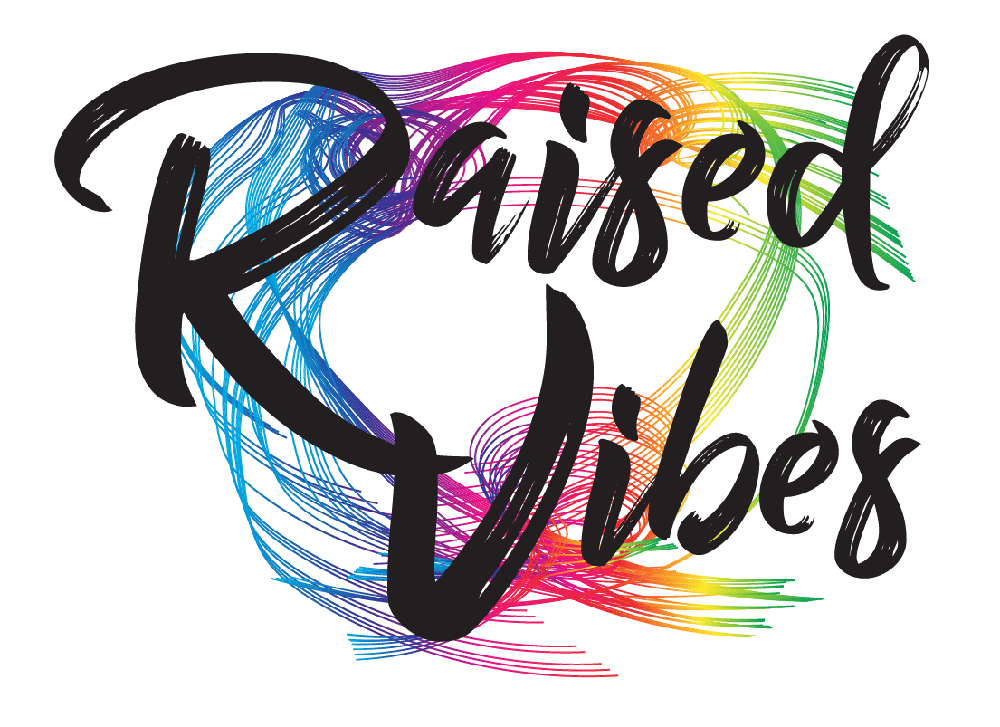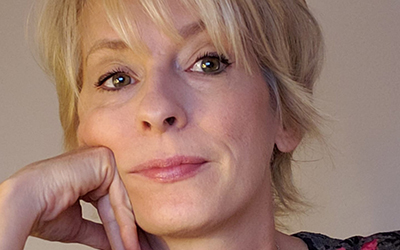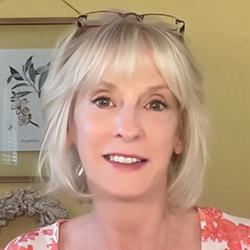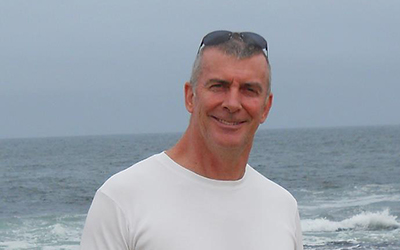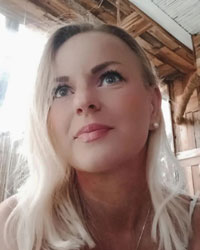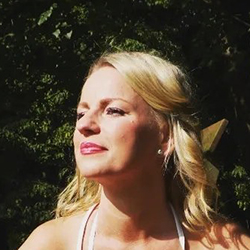Emotions vs. Feelings: What’s the Difference and Why It Matters for Healing

You are not too emotional. You are simply alive and responding to a complex world.
For years, I used the words feelings and emotions interchangeably, without realizing they’re actually very different. That distinction didn’t just change how I talk about my experiences. It changed how I heal.
Let’s talk about the difference between emotions and feelings, and why knowing it can shift everything!
🧠 Emotions: The Body’s First Language
Emotions are raw, physical, and automatic. They rise up before we even think.
They are:
*Instinctive and fast
*Felt in the body
*Short-lived (unless we hold onto them)
*Designed for survival
Example: A car swerves in front of you. Your body jumps into alert—heart pounding, muscles braced. That’s emotion: fear, rising immediately to keep you safe.
💭 Feelings: The Stories That Follow
Feelings are what come next. They’re mental interpretations of emotional energy, shaped by your past, beliefs, and self-perception.
They tend to:
*Linger
*Evolve into patterns or narratives
*Be layered and complex
Example: After that car incident, fear might fade—but if it reminded you of a past trauma, you might feel unsafe, vulnerable, or on edge for the rest of the day. Those are feelings, the meaning your mind assigned to the original emotion.
🧩 The Shift That Changed My Healing
There was a time when I couldn’t tell the difference. I thought I was “too sensitive,” or that I had to fix every uncomfortable feeling. I tried to “think” my way out of emotional overwhelm.
But healing began when I learned:
Emotions are energy. Feelings are interpretation. Both need care, but they need different kinds of care.
Why it matters:
🌿 You stop judging yourself for reacting
🧘 You create space to observe, not spiral
🔄 You interrupt old emotional loops
🤝 You gain empathy for others' reactions too
✨ What Helps Me Process Emotions vs. Feelings
Here are a few tools I return to again and again:
1. Body First
🧘 What am I feeling in my body right now?
Tension, heat, tightness - naming the sensation helps me pause before the story takes over.
2. Journal the Story
Once the emotion passes, I’ll ask:
🧘 What belief is coming up?
🤝 What does this remind me of?
🌿 Is this feeling about the present moment?
3. Move the Energy
I’ll walk, shake it out, cry, dance. Emotions are meant to move, if we let them.
4. Talk It Out
Sometimes all I need is a trusted friend or a coach who can hold space and say, “Yeah, I get it.”
💬 A Note to Anyone Who’s Struggling
If you’ve ever felt like you’re “too emotional” or can’t stop feeling everything - please know this:
*You’re not broken.
*You’re not weak.
*You’re processing.
Your emotions are trying to move through. Your feelings are asking to be seen. And healing isn’t about being less emotional—it’s about becoming more skillful at listening and responding with love.
🌱 If You Take One Thing With You
“You are not the wave. You are the ocean.”
You are the one noticing the emotion. The one witnessing the feeling. And that self, your awareness, is where healing lives.
So next time something big rises up, ask yourself:
💬 Is this an emotion that needs to move?
🧩 Or a feeling that needs understanding?
Then take a breath, and begin again.
📥 Stay Connected
If this resonated with you, check out our services page for more reflections on healing, emotional wellness, and self-compassion.
Or share this post with someone who might need it today. 💙
